Ceramic. Hand painted.Point technique . Diameter: 15 cm. Aspects of production .
Based on 0 reviews
0.0 overall
0
0
0
0
0
Be the first to review “Butter dish” Cancel reply
Related products
Related items
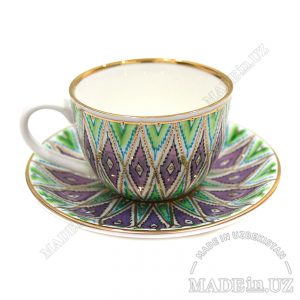
Cup with saucer
Price: 80.00 $

Mug
Price: 21.00 $
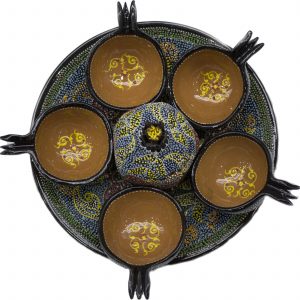
Nuts set
Price: 115.00 $
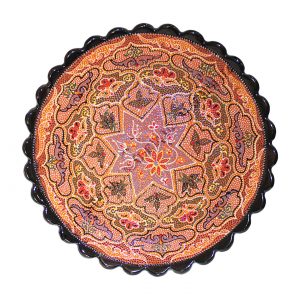
Plate
Price: 25.00 $
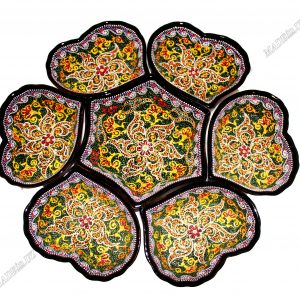
Dry fruits and nuts set
Price: 80.00 $

Plate
Price: 80.00 $
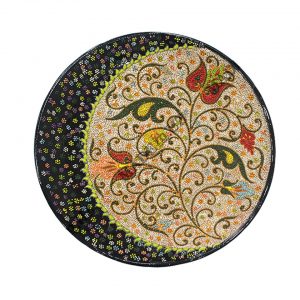
Plate
Price: 80.00 $
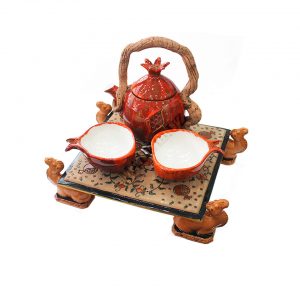
Tea set
Price: 150.00 $
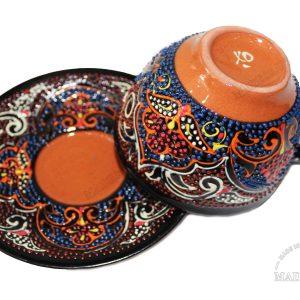
Cup and saucer
Price: 24.00 $
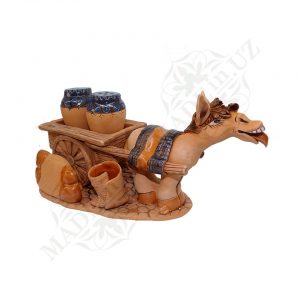
Salt and pepper set
Price: 20.00 $

Plate
Price: 80.00 $

Plate fish
Price: 70.00 $
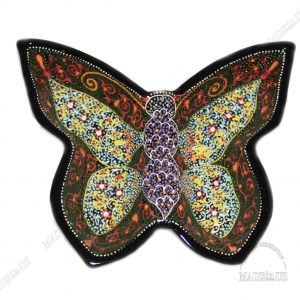
Сandy dish butterfly
Price: 24.00 $
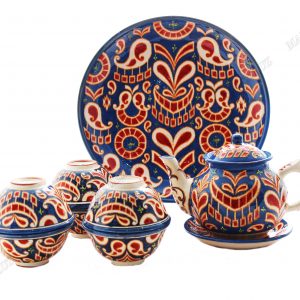
Tea set
Price: 150.00 $

Tea set
Price: 150.00 $
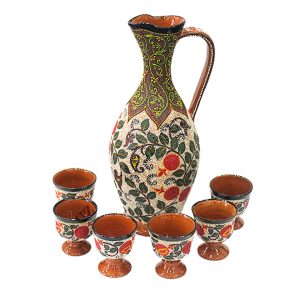
Vine set
Price: 200.00 $
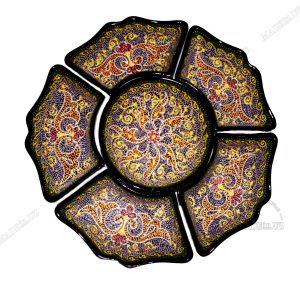
Dry fruits and nuts set
Price: 80.00 $
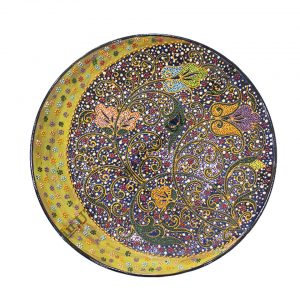
Plate
Price: 80.00 $
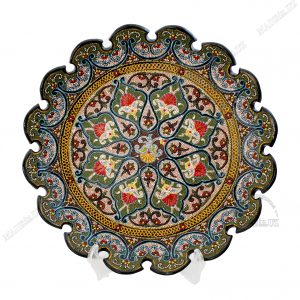
Plate
Price: 80.00 $

Plate fish
Price: 40.00 $

Сandy dish- butterfly
Price: 24.00 $
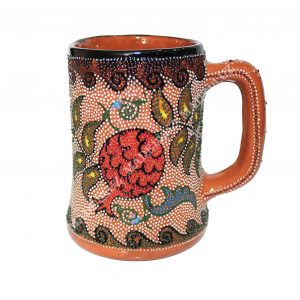
Mug
Price: 21.00 $
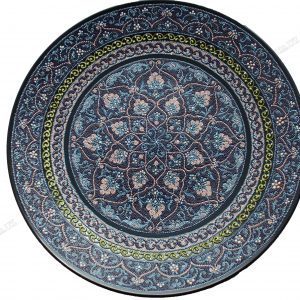
Plate
Price: 130.00 $

Vine set
Price: 200.00 $
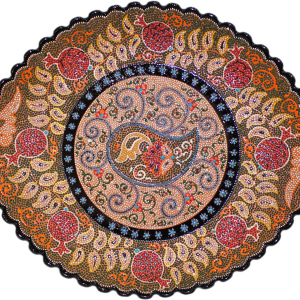
Plate
Price: 130.00 $
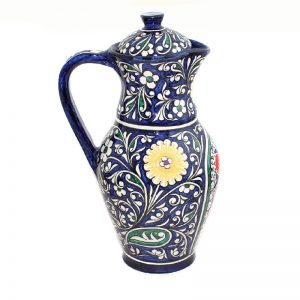
Jug
Price: 45.00 $
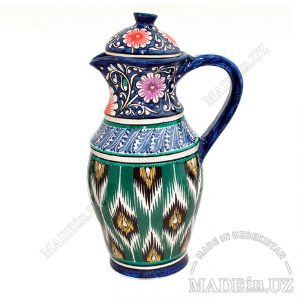
Jug
Price: 45.00 $
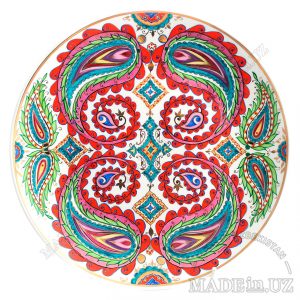
Plate “Blooming almоnd”
Price: 400.00 $

Tea set “Pakhta”
Price: 160.00 $
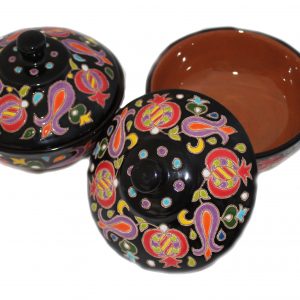
Jam bowl
Price: 30.00 $
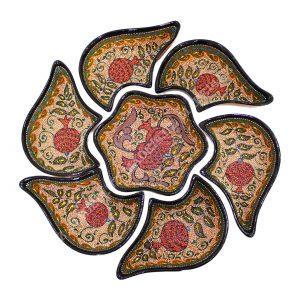
Dry fruits and nuts set
Price: 80.00 $

Lagan
Price: 80.00 $
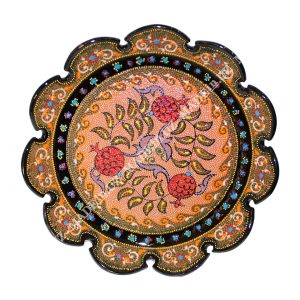
Plate
Price: 25.00 $
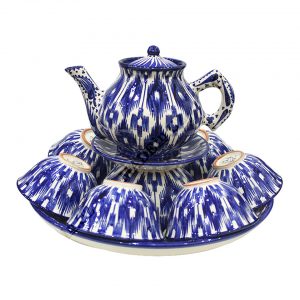
Tea set
Price: 100.00 $

Wine set
Price: 105.00 $

Tea set
Price: 80.00 $
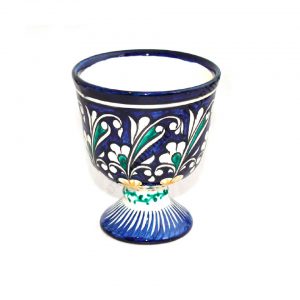
Glass
Price: 13.00 $
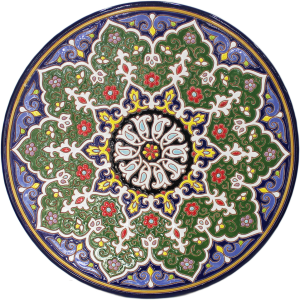
Dessert tray
Price: 80.00 $
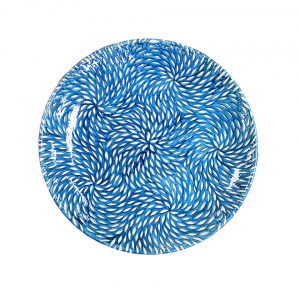
Lagan
Price: 130.00 $
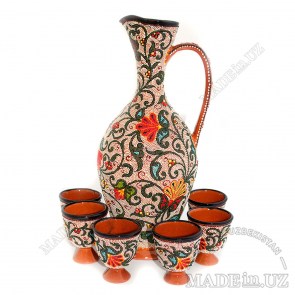
Vine set
Price: 200.00 $

Сandy dish- butterfly
Price: 24.00 $

Lagan
Price: 22.00 $

Dessert stand
Price: 85.00 $
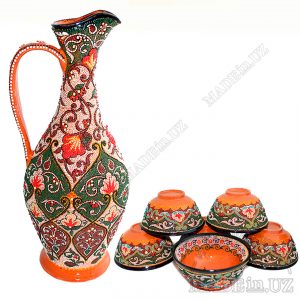
Juice set
Price: 200.00 $
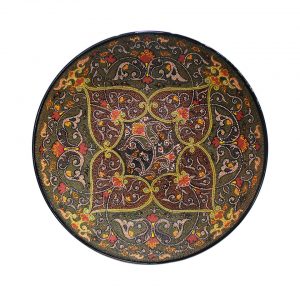
Plate
Price: 130.00 $

Juice set
Price: 74.00 $
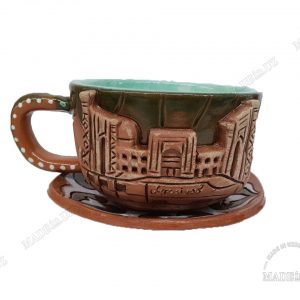
Cup ans saucer
Price: 21.00 $

Lagan
Price: 130.00 $
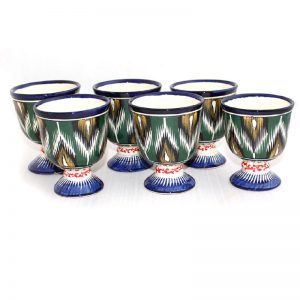
Glass
Price: 13.00 $
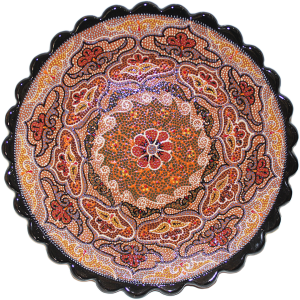
Plate
Price: 25.00 $
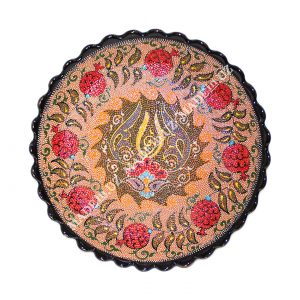
Plate
Price: 25.00 $

Cup and saucer
Price: 28.00 $
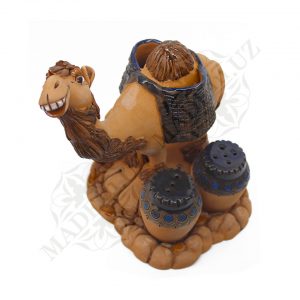
Salt and pepper set
Price: 20.00 $

Cup with saucer
Price: 80.00 $
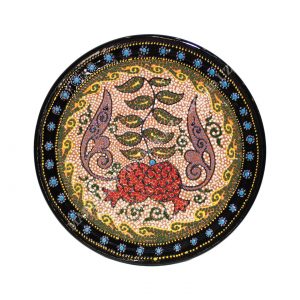
Plate
Price: 20.00 $

Сandy dish- butterfly
Price: 24.00 $
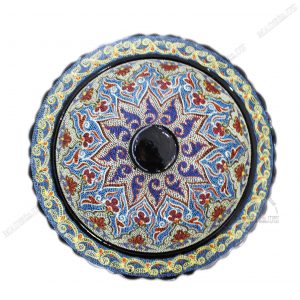
Dish for the hot meals
Price: 80.00 $
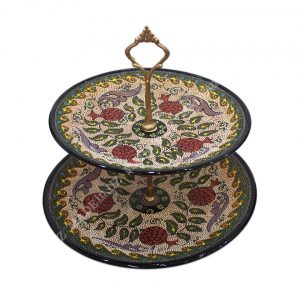
Dessert stand
Price: 85.00 $
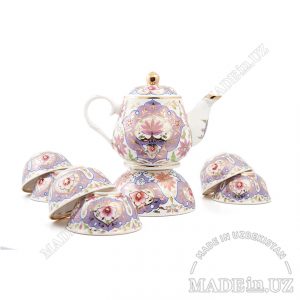
Tea set “Navruz”
Price: 520.00 $
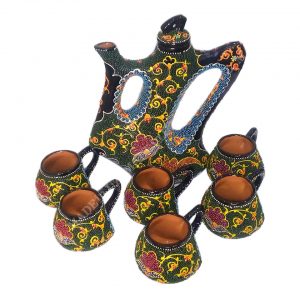
Coffee set
Price: 80.00 $
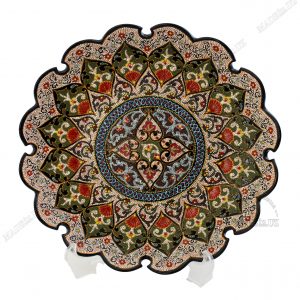
Plate
Price: 80.00 $
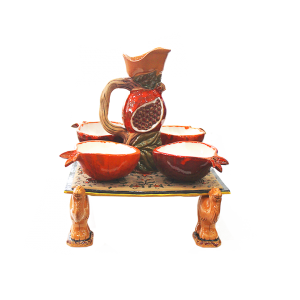
Juice set
Price: 150.00 $
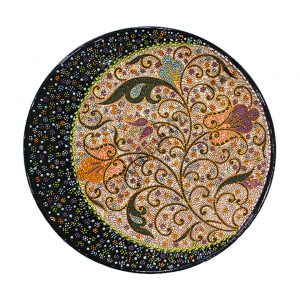
Plate
Price: 80.00 $

Cup with saucer “Samarkand”
Price: 80.00 $
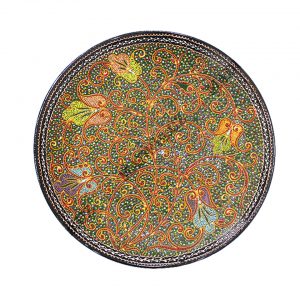
Plate
Price: 80.00 $

Cup and saucer
Price: 24.00 $
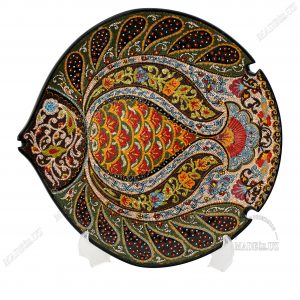
Plate fish
Price: 80.00 $

Tea set
Price: 150.00 $

Plate with a lid
Price: 65.00 $
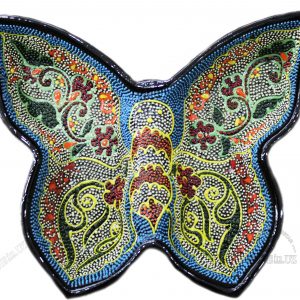
Сandy dish- butterfly
Price: 24.00 $
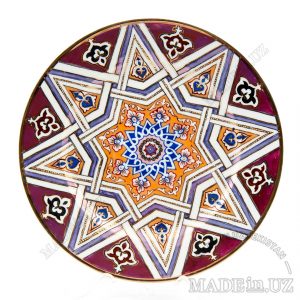
Plate “Girikh”
Price: 310.00 $

Jug
Price: 50.00 $

Tea set
Price: 80.00 $
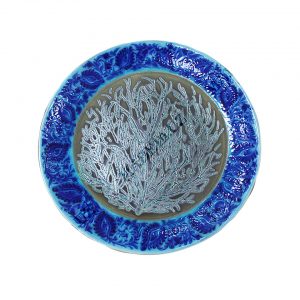
Lagan
Price: 130.00 $

Dish for the hot meals
Price: 80.00 $
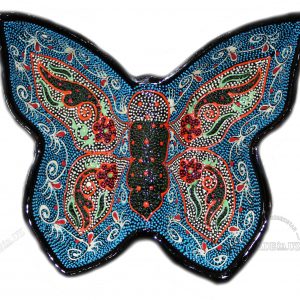
Сandy dish- butterfly
Price: 24.00 $
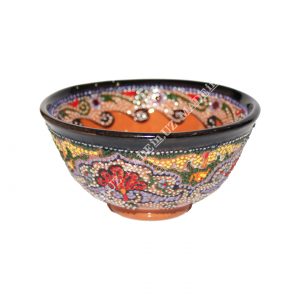
Piala
Price: 14.00 $
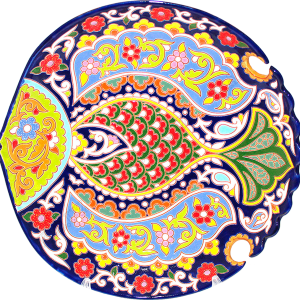
Plate fish
Price: 80.00 $
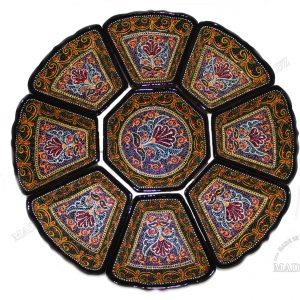
Dry fruits and nuts set
Price: 80.00 $
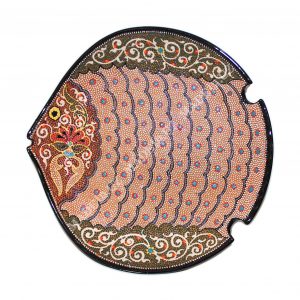
Plate fish
Price: 40.00 $

Plate fish
Price: 70.00 $
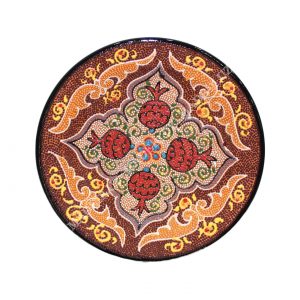
Plate
Price: 15.00 $
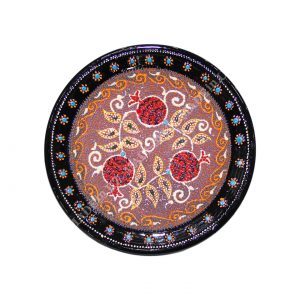
Plate
Price: 20.00 $
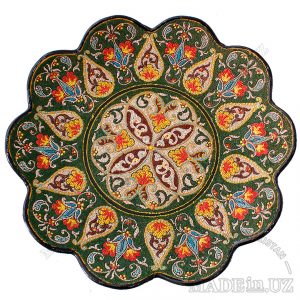
Plate
Price: 130.00 $
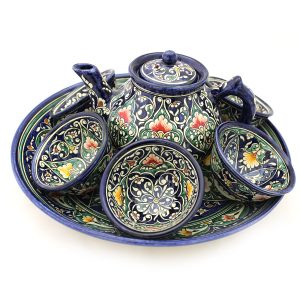
Tea set
Price: 100.00 $
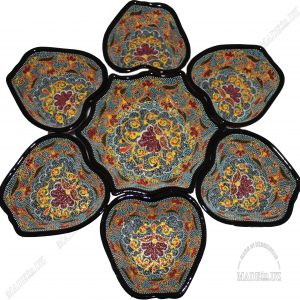
Dry fruits and nuts set
Price: 80.00 $
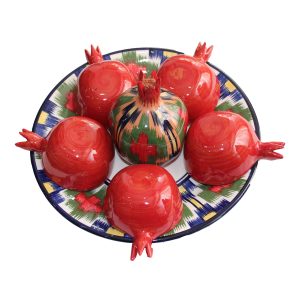
Nuts set
Price: 50.00 $

Plate
Price: 100.00 $

Lagan
Price: 24.00 $

Plate
Price: 80.00 $
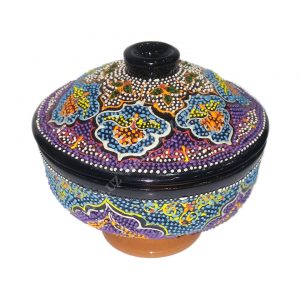
Jam bowl
Price: 23.00 $
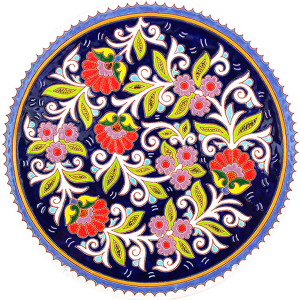
Dessert tray
Price: 80.00 $
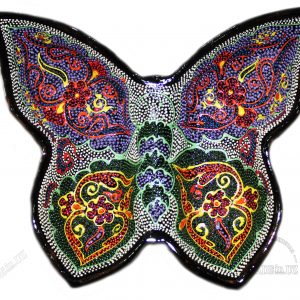
Сandy dish- butterfly
Price: 24.00 $
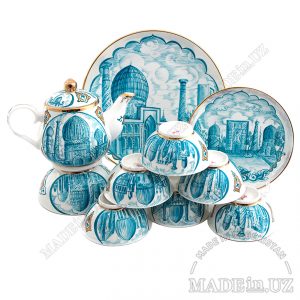
Tea set “Turquoise Samarkand”
Price: 520.00 $
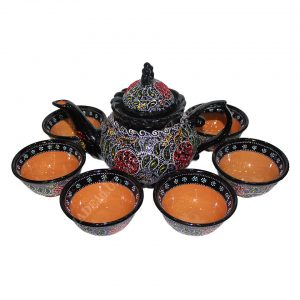
Tea set
Price: 80.00 $

Cup and saucer
Price: 24.00 $
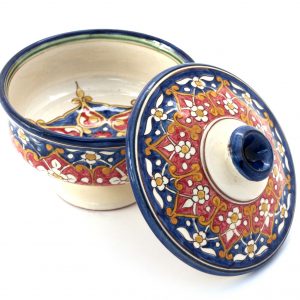
Piala
Price: 13.00 $

Juice set
Price: 55.00 $

Wine set
Price: 105.00 $

Plate
Price: 80.00 $

 Language
Language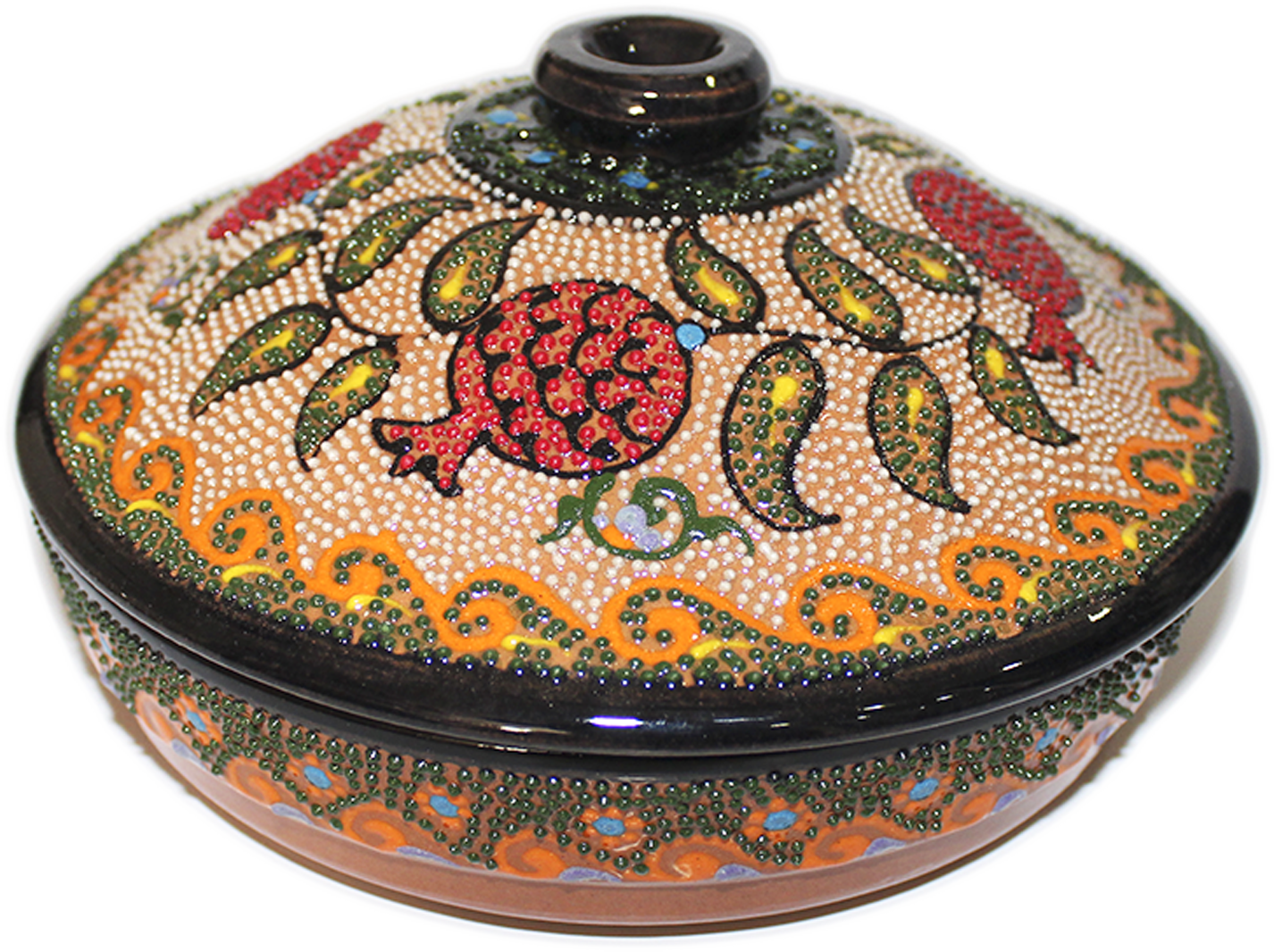
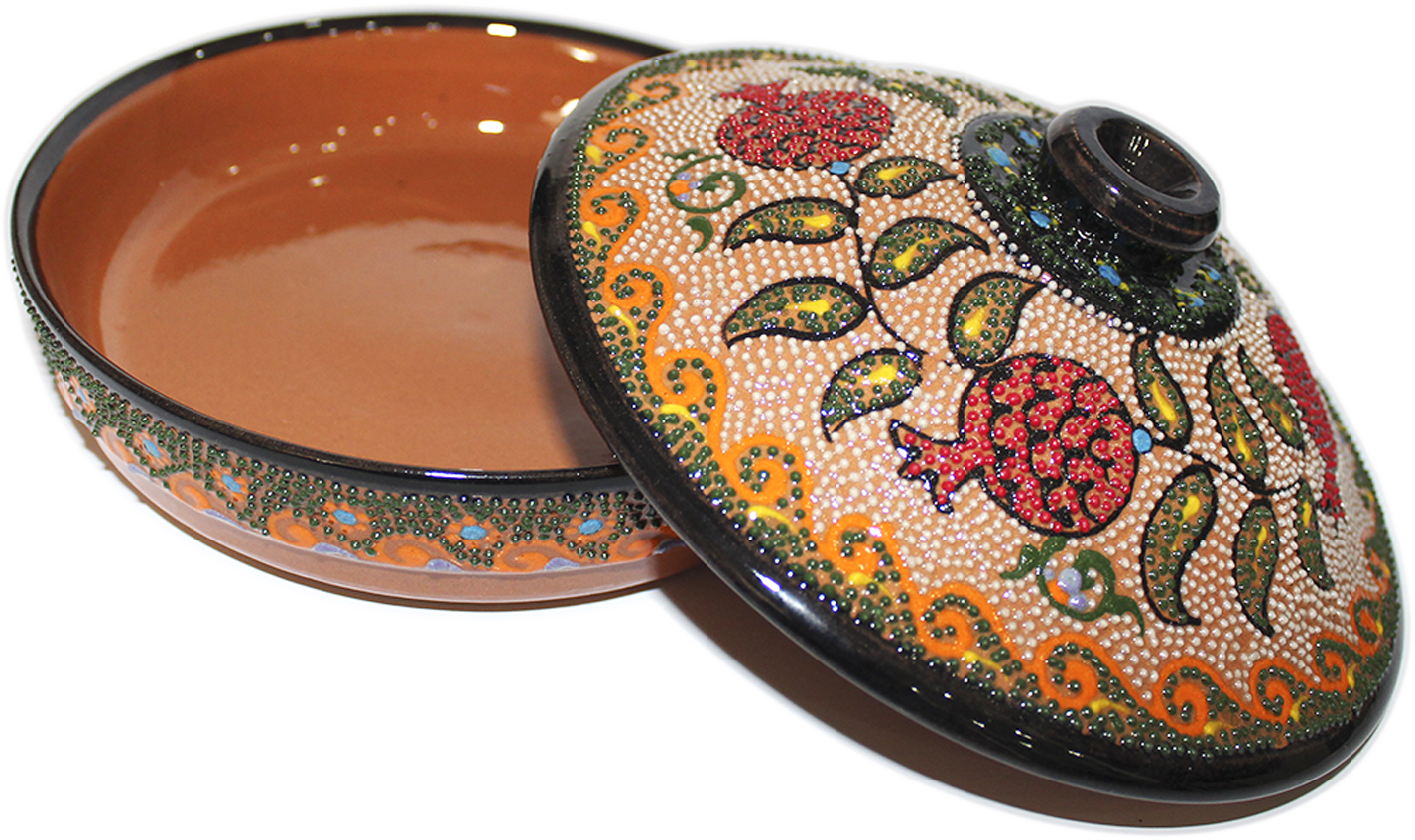
There are no reviews yet.